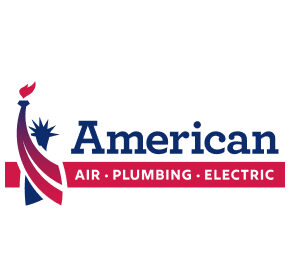There are several simple do-it-yourself things you can do to weatherize your home or business. Anyone willing to put in a few extra hours and purchase a few minor supplies at your local hardware store can make a huge difference in reducing your energy costs, improving your air conditioning unit’s efficiency, and improving the air comfort level inside your home or business. Implementing these tips could be one of the simplest, yet most impactful things you can do to benefit your home or business all winter.
Tip #1 – Caulking to Eliminate Air Leaks
Caulking is one of the most basic and common steps to sealing air leaks. However, it’s amazing to see so many homeowners and business owners neglecting to perform this elementary and cost-saving task properly. It is one of the biggest reasons homes lose heat in Central Florida. Most of you know where the obvious air leaks exist in your home, such as the draft under the door, but it’s just as important to locate the not-so-obvious gaps, joints and cracks if you want to properly seal your home.
Performing an Energy Assessment
Begin by focusing on areas where unlike materials connects. Examples include the areas between siding and brick, your walls and your foundation, and the chimney and siding. Also closely inspect around the areas listed below for any joints, gaps, or cracks that could cause air leaks:
- Door and window frames
- Mail chutes
- Electrical and gas service entrances
- Cable TV and phone lines
- Outdoor water faucets
- Where dryer vents pass through walls
- Bricks, siding, stucco, and foundation
- Air conditioners
- Vents and fans.
Below are some steps to depressurize your home, which could aid in detecting air leaks.
- Turn off your furnace on a cool, very windy day.
- Shut all windows and doors.
- Turn on all exhaust fans that blow air outside, such as bathroom fans or stove vents.
- Light an incense stick and pass it around the edges of common leak sites. Wherever the smoke is sucked out of or blown into the room, there’s a draft.
If you don’t want to turn off your furnace, you can just turn on all your exhaust fans to depressurize your home.
Useful Air Detection Tips
- Shine a flashlight at night over all potential gaps while a partner observes the house from outside, using cell phones to communicate with each other. Although it’s not a great method for finding small cracks, it does shed light on the larger ones which will show up as rays of light.
- Shut a door or window on a sheet of paper. If you can pull out the paper without tearing it, you’re losing energy.
For a thorough and accurate measurement of air leakage in your home, Contact American Air, Plumbing, and Electrical to have a qualified technician conduct an energy assessment of your home or business. An energy assessment will also help determine areas of your home that need additional insulation.
Household Tip: In addition to sealing air leaks, caulking can also do wonders in preventing water damage inside and outside of the home when applied around faucets, ceiling fixtures, water pipes, drains, bathtubs, and other plumbing fixtures.
Caulk Selection
Although some pressurized caulking cartridges do not require guns, the most popular compounds are sold in disposable cartridges that fit in half-barrel caulking guns. Make sure to purchase one with an automatic release. When deciding how much caulking to purchase, consider that you’ll probably use about a half cartridge per window/door and four cartridges for the foundation sill. Caulking compounds can also be found in aerosol cans, squeeze tubes, and ropes for small jobs or special applications.
There are countless caulking compounds on the market today. They all vary in strength, properties, and prices. Water-based caulk can be cleaned with water, while solvent-based compounds require a solvent for cleanup. If you have any questions about ways to reduce your energy costs contact American Air, Plumbing, and Electrical today.

